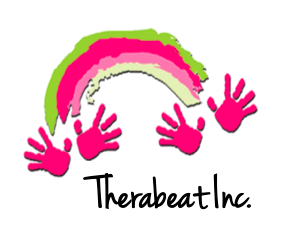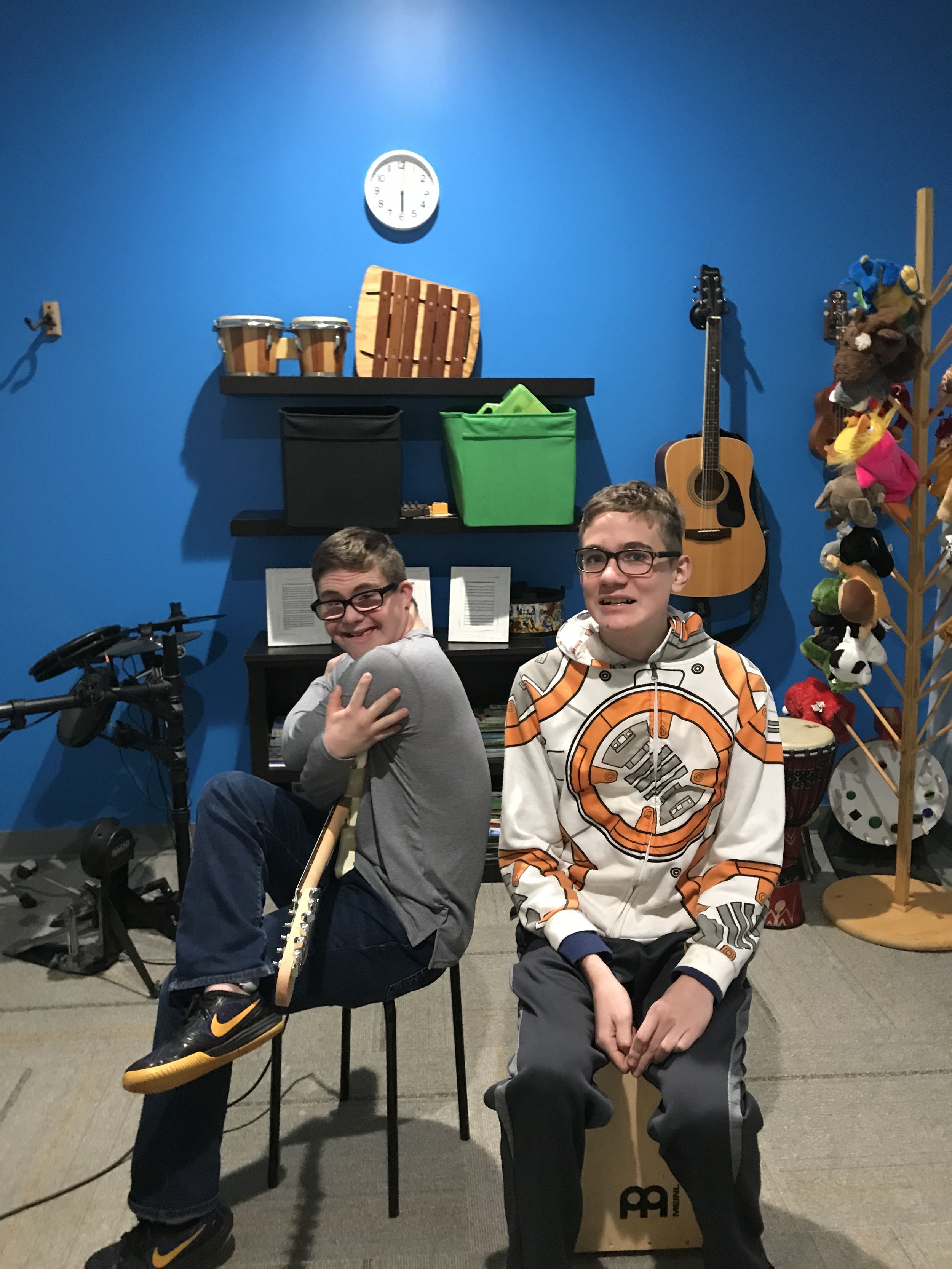Hello, my name is Alyssa Taylor and I attend William Carey University in Hattiesburg Mississippi. During my time at William Carey I worked with a variety of populations, but the populations that I connected with the most were adults and adolescents. Working with these populations in a college setting helped me figure out which direction to go in when choosing an internship site.
For this reason, Therabeat stood out to me the most because of the wide variety of populations they serve. Having the opportunity to be an intern at Therabeat inc is a dream come true. I can remember my sophomore year of college stumbling across Therabeat’s Instagram page and just falling in love with the sweet kiddos and the passion the therapists have for music therapy. I wish I had words to describe how special In Harmony is as a whole. All of the therapists have been so welcoming to me these last two weeks and I have loved getting to observe all of the different therapies in action. I have also enjoyed the opportunity to meet so many sweet kiddos and their families. I am so thankful that I get to be a part of their lives during my music therapy journey. I am so excited to be on this journey at Therabeat and I will be forever grateful for the opportunity they have given me to grow and learn.
During these first two weeks I have gotten to observe therapy sessions, co-treats, and even piano lessons. I have enjoyed every second of getting to watch our clients learn and accomplish goals in a session. Something I am excited to explore during my internship is the importance of self-expression within a music therapy session. As humans, we all have the desire to be heard and understood, so music is a healthy outlet for that desire. Patients in sessions often come in right after a long day at school, which means the child could be tired, angry, happy, or sad. Also, patients with special needs have other things that might frustrate them that could also add on stress. Allowing a child to write a song, or have an improv session about his/her day is a great way for patients to release tension and express feelings appropriately. The elements of music--rhythm, dynamics, timbre--are what make it such a great tool for self-expression. Music can be played loud, soft, fast, and slow which makes it a gold mine for self-expression with children with speech related challenges, as well as children who are verbal. I look forward to doing more research on the benefits of self-expression and the different ways it can be used in a music therapy setting.
Alyssa Taylor, Music Therapy Intern







